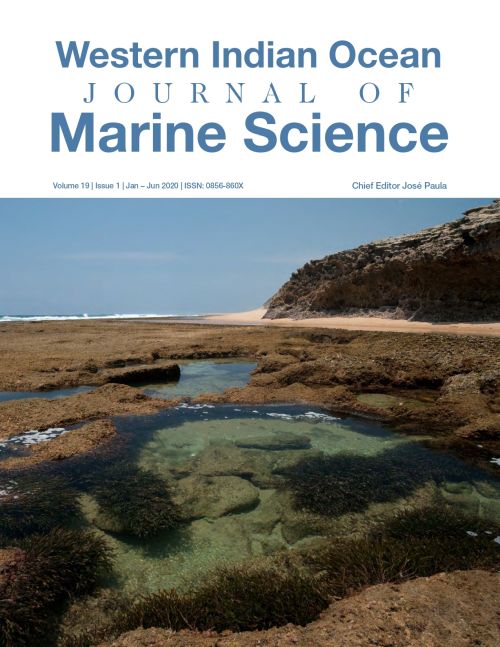Main Article Content
A review of soft corals (Octocorallia: Alcyonacea) and their symbionts: Distribution of clades and functionality
Abstract
Even though soft corals are an integral part of the coral reef ecosystem, very little research has focused on their
endosymbiotic association with the zooxanthellae (Symbiodiniaceae). Symbiotic algae appear in soft corals from both the tropical seas as well as temperate regions across the world. The present study provides a list of soft corals along with their associated zooxanthellae using published data. By combining all the data, 52 soft coral species belonging to 21 genera were identified and their corresponding specific Symbiodiniaceae genera were analysed. It was important to initially compare soft corals and distinguish zooxanthellae at clade level to find any host specificity. The vast majority (75 %) of soft corals predominantly hosted the genus Cladocopium (Clade C) and therefore the focus of this study was to evaluate its geographical distribution. The genus Cladocopium consists of many species which are classified as subclades in this study, exhibiting high intra-clade diversity. For 40 of the 52 soft corals reviewed, 18 % had the same clade type C1 (considered as generalists and ancestral) and 13 % contained the clades C15, C64 and C1:3a, respectively. Analysis showed that some clades (C71a, C15b and C64) were confined to specific geographical regions while clade C1 was distributed worldwide. Understanding the distribution of endosymbionts may enable predictions of which symbioses will survive and exist under future climate change scenarios.




